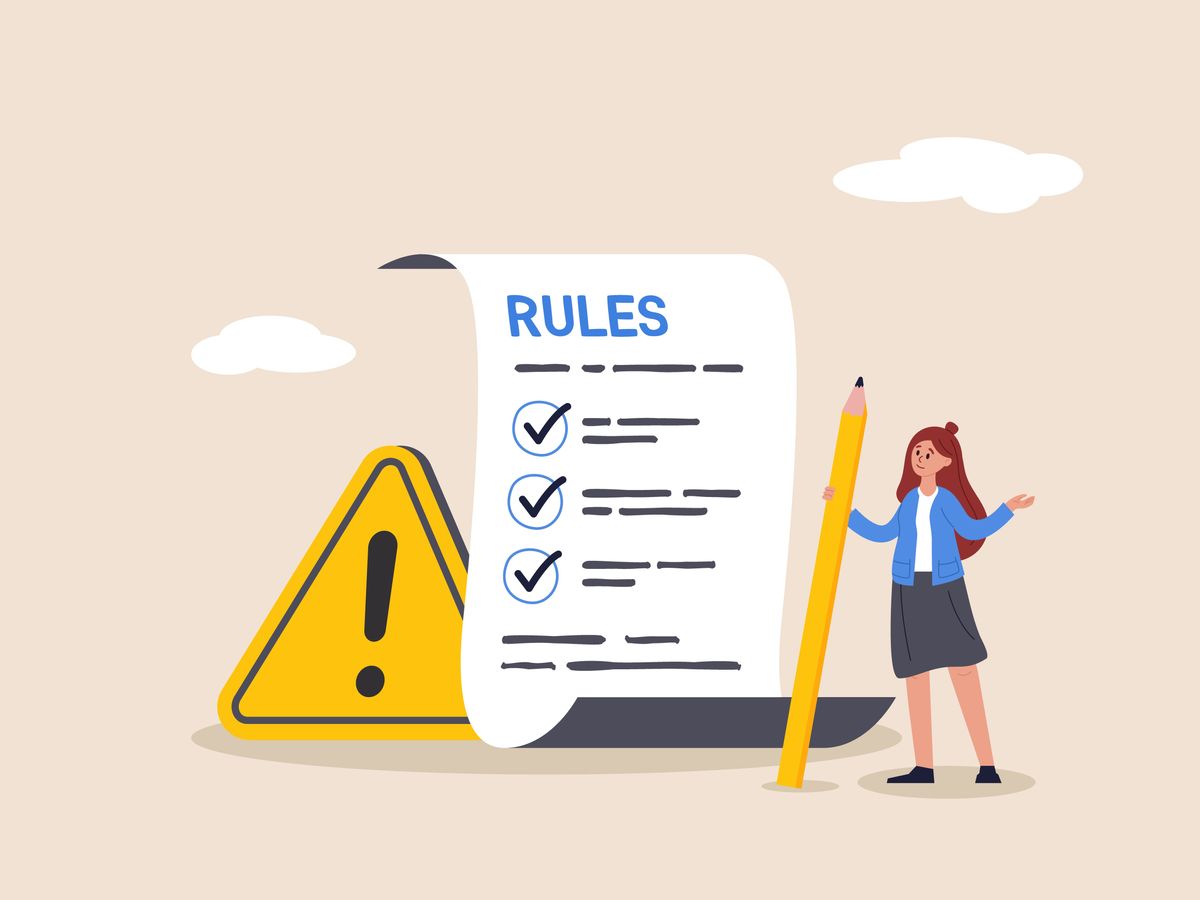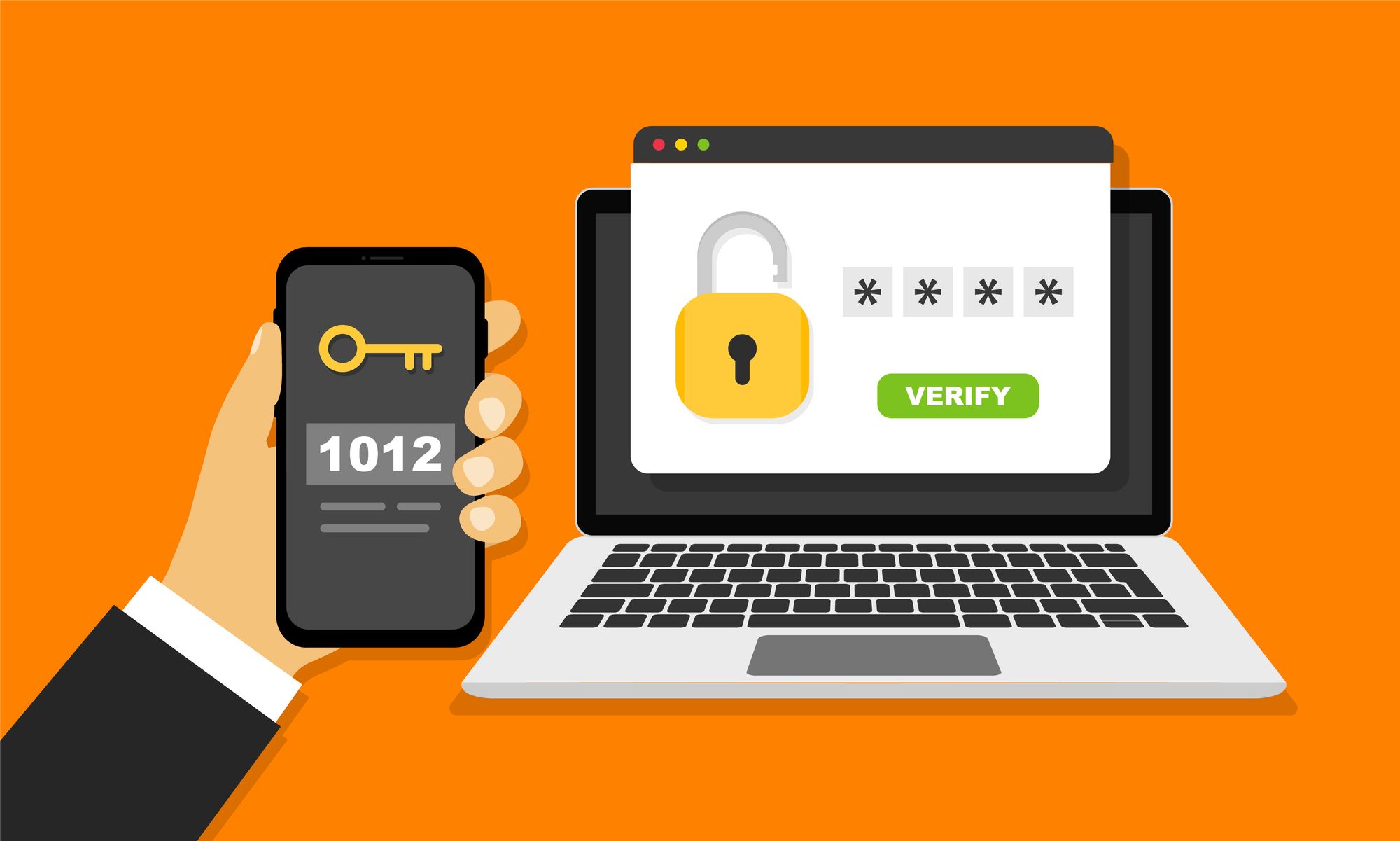When is the right time to start a security compliance program?

Security compliance programs play a vital role in ensuring that organizations implement robust security measures to safeguard sensitive data, adhere to legal and contractual obligations, and fulfill industry standards, regulations, and frameworks necessary for protecting customers and promoting business success. These programs not only serve to demonstrate that a company meets specified security requirements and objectives, which may stem from various sources such as internal definitions, industry-specific standards, external organizations, or government agencies.
Identifying the Need for a Formalized Security Compliance Program
Recognizing when to establish a formal security compliance program depends on various factors. Here are some key indicators to consider:
- Frequent deal rejections: When compliance issues are repeatedly causing potential customers to turn away, it may be time to reevaluate your approach. As your business evolves, so do client expectations regarding compliance adherence.
- Lack of adherence to common practices: If your organization appears to operate distinctly from others in the industry, seeking formal guidance might be essential. Implementing standard practices early in the process is more manageable than waiting for complexity to grow.
- Escalating regulatory or societal pressures: Non-compliance with regulatory obligations can result in costly fines that threaten your organization's stability. Security compliance becomes particularly crucial when operating within high-risk or controversial sectors.
- Inability to complete security questionnaires adequately: If your organization struggles with responding comprehensively and transparently to security questionnaires, committing to a clearer security compliance direction is necessary.
By paying attention to these indicators, your organization can successfully implement a formal security compliance program at the appropriate time.
Establishing the First Steps
To begin your journey towards creating a successful security compliance program, follow these key steps:
- Identify your organizational objectives: Start by specifying the goals and needs of your organization. Determine your motives for setting up such a program and identify the reasons behind it. Clearly understanding your goals will make it easier to create a pathway for achieving them, while also bringing key stakeholders onboard.
- Create a roadmap and timeline: Establish a plan that outlines the necessary steps to achieve your goals. Break down your timeline into specific milestones that can be easily tracked and worked on. Additionally, consider any dependencies you’ll need to address. Ask questions such as:
- What are our current technology needs or gaps?
- Will there be a need for additional tools or support?
- Do we understand the technical demands required?
- Should we build, buy, or partner?
- Determine resource allocation: Consider whether you will need to hire new personnel, use services like virtual CISO (vCISO), Managed Service Provider (MSP), or other fractional resources. This decision will greatly depend on the size and complexity of your organization. Keep in mind that your chosen option should possess both privacy/compliance and technical engineering expertise.
- Measure progress: Ensure that you have relevant metrics to assess the effectiveness of your security compliance program. Make sure that your key performance indicators are aligned with your desired outcomes.
- Prioritize projects: Match your security compliance initiatives with your organization's overall business objectives to make sure they serve your customers and contribute to the success of your business. Develop a focused plan that avoids scope creep and ensures that efforts and resources go towards crucial goals.
- Set deadlines and begin building: Once your priorities are set, establish official deadlines for your project goals, and initiate the implementation of your security compliance program. Always keep in mind the broader context of your organization's objectives to avoid endless security improvements without concrete results.
Following these steps, with a clear and knowledgeable approach, will help build a sturdy foundation for a solid security compliance program that will cater to your organization's needs and contribute to its overall success.
Further Aspects: Involving Parties and Assets
It is essential to emphasize the significance of executive support, dedication, and funding in establishing a robust security compliance program. Acquiring these elements promptly and consistently reinforcing their value through outlining risks, potential impacts, and the company's security compliance progress is vital.
Compliance automation software plays an instrumental role in building and scaling security compliance programs. Moreover, their partnerships team may have a strong network of trustworthy organizations, which can steer you towards defining and initiating your security journey.
Once you have ascertained your objectives and technological requirements, understanding the available tools and their suitability for your needs is crucial. To do so, examine industry trends, gather feedback, and connect with colleagues in the sector who have experienced similar challenges. Utilizing this information will enable you to make informed decisions and effectively address security compliance within your organization.
Tips and Suggestions for Developing a Security Compliance Program
To create an effective security compliance program, consider these recommendations:
- Establish consistency: Instead of focusing on immediate gains, prioritize building processes that produce consistent results. Keep in mind that addressing emergencies often signifies flawed procedures.
- Lay a solid groundwork: Regardless of your program's maturity level, the fundamentals remain crucial. Concentrate on getting the basics right.
- Steer clear of distractions: Although tools and technologies can be beneficial, they may worsen existing problems if processes are not working properly.
Remember to maintain a confident, knowledgeable, and clear tone while discussing these concepts from a third-person perspective.
Frequently Asked Questions
Key Elements of a Security Compliance Program
- Policy Development: Create detailed security policies tailored to the organization's needs.
- Risk Assessment: Identify potential threats and vulnerabilities.
- Training and Awareness: Educate employees on security compliance requirements.
Establishing Effective Incident Management Processes
- Develop a clear incident response plan.
- Set up a dedicated incident response team.
- Regularly review and update the plan and procedures.
Role of a Security Steering Committee in Compliance
- Strategic direction: Establish a long-term vision for security compliance.
- Prioritization: Determine which security initiatives should be prioritized.
- Process alignment: Bridge the gap between security, IT, and business processes.
How Enterprise Security Strategies Support Compliance Efforts
- Unified approach: Align security objectives with broader business goals.
- Risk-based prioritization: Focus on implementing controls that mitigate the most significant risks.
- Continuous improvement: Consistently assess processes, vulnerabilities, and controls.
Relationship between IT Risk Management and Security Compliance
- IT risk management involves identifying and assessing potential risks to an organization's information technology infrastructure.
- Security compliance focuses on ensuring adherence to security regulations and standards.
- Proactive IT risk management can help identify potential compliance gaps and assess the effectiveness of security controls in place.
Essential Steps in Developing a Ransomware Incident Response Plan
- Establish clear roles and responsibilities for the response team.
- Develop a communication protocol for internal and external parties.
- Create a detailed action plan for containment, eradication, and recovery.
- Regularly review, practice, and update the response plan.


